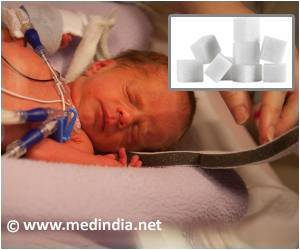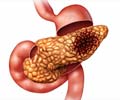The tongue’s taste receptors aids in telling apart between safe food and spoilt food or toxic. Nevertheless taste receptors are now being discovered in other organs, also. In a study published online the week of February 6 by the
Proceedings of the National Academy of Sciences of the USA, researchers at Sanford-Burnham Medical Research Institute (Sanford-Burnham) discovered that beta cells in the pancreas use taste receptors to sense fructose, a type of sugar. According to the study, the beta cells respond to fructose by secreting insulin, a hormone that regulates the body's response to dietary sugar.
"Before this study, fructose's effect on insulin release was not appreciated. Fructose, and especially high-fructose corn syrup, is found in everything from sodas to cereals, but it remains to be seen whether dietary fructose is good or bad for beta cells and human metabolism," said Björn Tyrberg, Ph.D., adjunct assistant professor in the Diabetes and Obesity Research Center at Sanford-Burnham's Lake Nona campus in Orlando and senior author of the study.
After a meal, beta cells in the pancreas typically respond to the suddenly high levels of glucose, another type of sugar, in the blood by releasing insulin. Insulin then binds to receptors present on many cells in the body. Like a key unlocking a door, insulin binding allows glucose to enter the cell and be used for energy. But most meals are a mix of different types of sugar. This study shows that glucose is not the only sugar that triggers insulin secretion—fructose also plays a role.
Using human and mouse pancreatic cells, Tyrberg, along with postdoctoral researchers George Kyriazis, Ph.D. and Mangala Soundarapandian, Ph.D., found that fructose activates sweet taste receptors on beta cells. Together with glucose, fructose helps amplify insulin release. To substantiate this observation, the team took a look at cells genetically engineered to lack the taste receptor gene. Without the gene, fructose did not stimulate insulin release, underscoring the role beta cell taste receptors play in insulin signaling.
Source-Eurekalert














